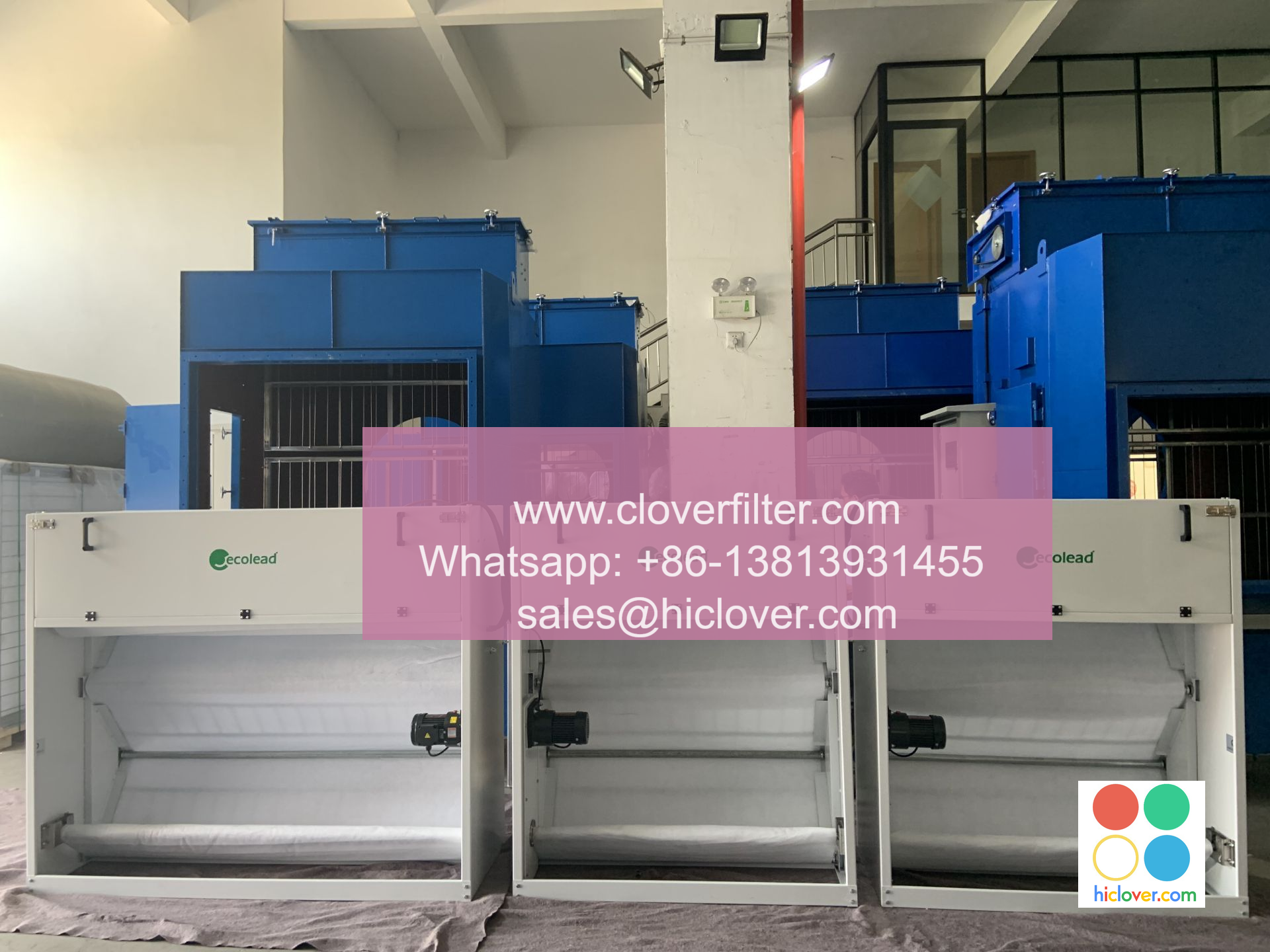The Science Behind How High-Performance Air Filters Remove Bacteria

The Science Behind How High-Performance Air Filters Remove Bacteria: A Game-Changer for a Healthier Indoor Environment
Introduction
Indoor air quality is a growing concern for building occupants, facility managers, and environmental health enthusiasts alike. As the importance of reducing indoor pollutants and airborne pathogens becomes increasingly evident, high-performance air filters have emerged as a vital solution. In this article, we’ll delve into the science behind how these advanced air filters effectively remove bacteria, highlighting their applications in various industries and environments.
How High-Performance Air Filters Work
High-performance air filters employ a combination of technologies to capture airborne pathogens, including bacteria, viruses, and mold spores. These filters typically employ a three-stage filtration process:
- Pre-filtering: Large particles and debris are removed through a coarse pre-filter, which prevents clogging of the primary filter and extends its lifespan.
- Activated Carbon Treatment: Activated carbon, a highly porous material, absorbs and neutralizes organic compounds, volatile organic compounds (VOCs), and gases, ensuring a more efficient removal of airborne pollutants.
- HEPA (High-Efficiency Particulate Air) Filtration: The primary filter, often featuring a high-efficiency membrane with pores as small as 0.3 microns, captures 99.97% of airborne particles, including bacteria, viruses, and mold spores.
- Mechanical Interception: Filter fibers or membranes physically capture bacteria through interception, where larger particles are trapped by the filter’s surface area, and smaller particles get caught in the fibers’ mesh.
- Diffusion: Bacteria, being larger than gases, are unable to pass through the filter’s small pores, eventually getting trapped as they try to diffuse through the filter’s surface.
- Capillary Action: Water molecules within the filter’s material assist in capturing bacteria, allowing the filter to remove even the tiniest particles.
- Healthcare: ICUs, hospitals, and clinics rely on high-performance air filters to reduce the spread of airborne pathogens, ensuring patient safety and comfort.
- Food Processing: Food manufacturers and processing facilities utilize high-performance air filters to minimize the risk of contamination and ensure a clean environment for food production.
- Cleanrooms and Laboratory Spaces: High-tech industries, such as manufacturing, research, and development, require spotless environments, making high-performance air filters a crucial investment.
- Residential Buildings: Homeowners and building managers can benefit from installing high-performance air filters in residential areas, ensuring the health and well-being of occupants, particularly for those with compromised immune systems.
The Science Behind Bacteria Removal
Bacteria removal through high-performance air filtration is largely attributed to the following factors:
Applications of High-Performance Air Filters
These advanced air filters find applications in various settings, including:
Conclusion
As the importance of indoor air quality continues to grow, high-performance air filters have emerged as a vital solution for removing bacteria and other airborne pathogens. By understanding the science behind these filters, we can better appreciate their capabilities and applications across various industries and settings. By investing in high-performance air filters, we can create a healthier, safer, and more comfortable indoor environment for all.
I’m ready! What would you like to prompt me with?
Would you like to:
Have a conversation
Play a game
Generate ideas
Answer questions
Write creative content
Something else?
Please let me know, and I’ll do my best to respond!


